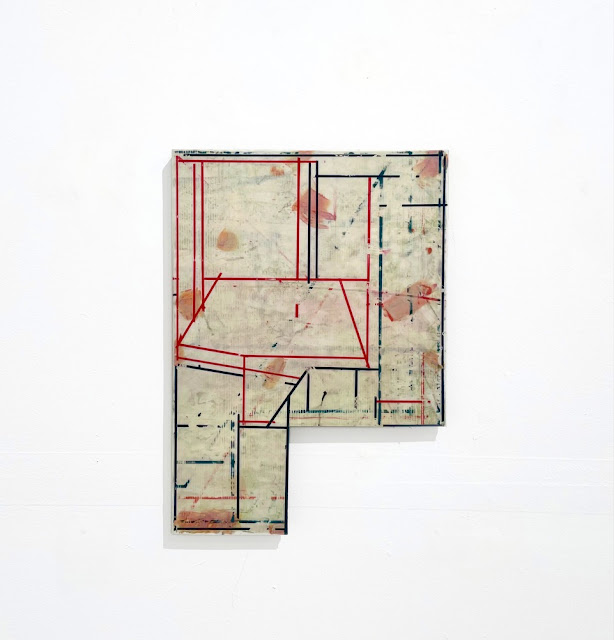Henri Matisse
The Red Studio
1911
181 x 219 cm (71.5”x 86.25”)
oil on canvas
Museum of Modern Art, New York
A major influence on my work is Henri Matisse. His impact is not so much visual; it's inspired from his painting practice, a personal procedure he articulately explained in his "Notes of a Painter" written in 1908. He states:
"Then a moment comes when all the parts have found
their definite relationships, and from then on it would
be impossible for me to add a stroke to my picture
without having to repaint it entirely."
Here, he explains an intuitive way of painting which entails a personal integration of materials along with his responses to the resultant effects rather than pre-conceiving of composition and design. This is the spontaneous process I employ to create my works, one which integrates painting and physical structure into one aesthetic expression.
Ben Dallas, 2025
Ben Dallas
SCHEMATIC FOR A HUMDRUM UTOPIA
2024
38,1 x 26,7 cm (15”x10.5”)
acrylic media, mdf, wood
Ben Dallas
SLOW RECOVERY FROM SELF-INDUCED NORMALITY
2025
26,7 x 35,6 cm (10.5”X14”)
acrylic media, canvas, mdf
Ben Dallas (US)
ATTEMPTING TO GET OVER THE EXISTENCE OF FOOLS
2025
22,9 x 30,5 cm (9”x12”)
acrylic media, canvas, glue

























